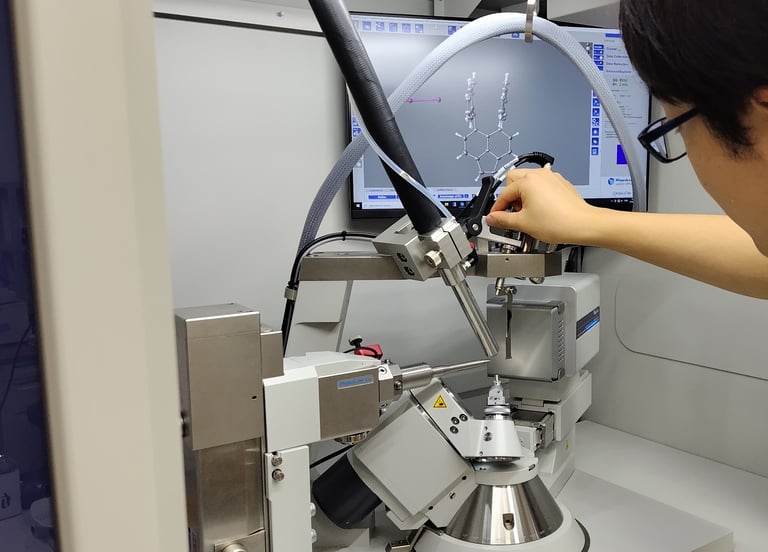Scientists Confirm Linus Pauling's 1931 Theory: First Stable Single-Electron Bond Discovered in Carbon
September 25, 2024
A groundbreaking discovery published on September 25, 2024, in the journal Nature reveals the first experimental evidence of a stable single-electron covalent bond between two carbon atoms.
This significant finding validates a theory proposed by Linus Pauling in 1931, which suggested the existence of single-electron covalent bonds.
The research was led by Takuya Shimajiri and his team at the University of Tokyo, who have been pushing the boundaries of chemical bonding.
To create this one-electron bond, the researchers oxidized a derivative of hexaphenylethane in the presence of iodine, resulting in dark violet crystals that demonstrated the bond's stability.
Unlike previous attempts that resulted in weak and unstable structures, this new molecule remained stable enough for thorough analysis.
X-ray diffraction analysis confirmed that the carbon atoms in the crystals were extremely close together, indicating the presence of the single-electron covalent bond.
While the discovery is significant for carbon chemistry, chemist Guy Bertrand from the University of California, Santa Barbara, noted that its immediate applications are still uncertain.
Professor Yusuke Ishigaki emphasized that these findings could enhance future research in chemical reactions and bonding theories.
Shimajiri and his team are also investigating the fundamental nature of covalent bonds and the criteria that define them.
This research opens new avenues in the chemistry of single-electron bonding, according to Shimajiri.
Carbon's role as a primary building block of life and a key component in various industrial chemicals underscores the importance of this discovery.
The creation of stable compounds with single-electron bonds may lead to a deeper understanding of chemical reactions involving these unique bonds.
Summary based on 4 sources
Get a daily email with more Science stories
Sources

ScienceDaily • Sep 25, 2024
Scientists discover a single-electron bond in a carbon-based compound
New Scientist • Sep 25, 2024
Chemists discovered the first new chemical bond in more than a decade
